Blogchatter's #TBRChallenge has been a catalyst in making me read books out of my comfort zone. One of the gems I picked up during this challenge was Kim-Ji Young, born 1982. The story felt familiar. As told through the eyes of a thirty-something South Korean woman, the book seemed to be the life story of a woman from any part of the world. Kim Jiyong, born 1982, rather than being a simple fiction novel, was a powerful piece of feminist literature.
But what exactly is feminist literature? Feminist Literature is described as works of fiction, non-fiction, drama or poetry that support equal rights for women.
Much like fiction, feminist literature raises awareness about feminist rights in the minds of the readers. It voices concerns and issues faced by women in a setting that feels familiar so you, as a reader, can connect and engage with them. Discovering and reclaiming the contributions made by women in historical and academic spheres also falls under the tag of feminist literature.
For example, A Vindication of the Rights of Women by Mary Wollstonecraft, one of the earliest pieces of feminist literature, was the first book that said women’s rights should be viewed on the same footing as men’s rights. To give you a taste of the ideas that Wollstonecraft advocated, she wrote:
My own sex, I hope, will excuse me, if I treat them like rational creatures, instead of flattering their fascinating graces, and viewing them as if they were in a state of perpetual childhood, unable to stand alone.
When we talk feminist literature, we cannot not talk about A Room of One's Own by Virginia Woolf. In her essay, she alludes to the importance of having one’s own room so a woman could write fiction. Can you imagine the privilege we hold today, of access to technology that allows us to have our voice heard?
Coming closer to our time, Chimamanda Ngozi Adichie wrote We Should All Be Feminists. There’s also a Ted Talk of hers by the same name where she says:
We have evolved but it seems to me that our ideas of gender have not evolved.
She defines feminism for the 21st century and the need of a transformation of society for greater gender equality. You can watch her talk here.
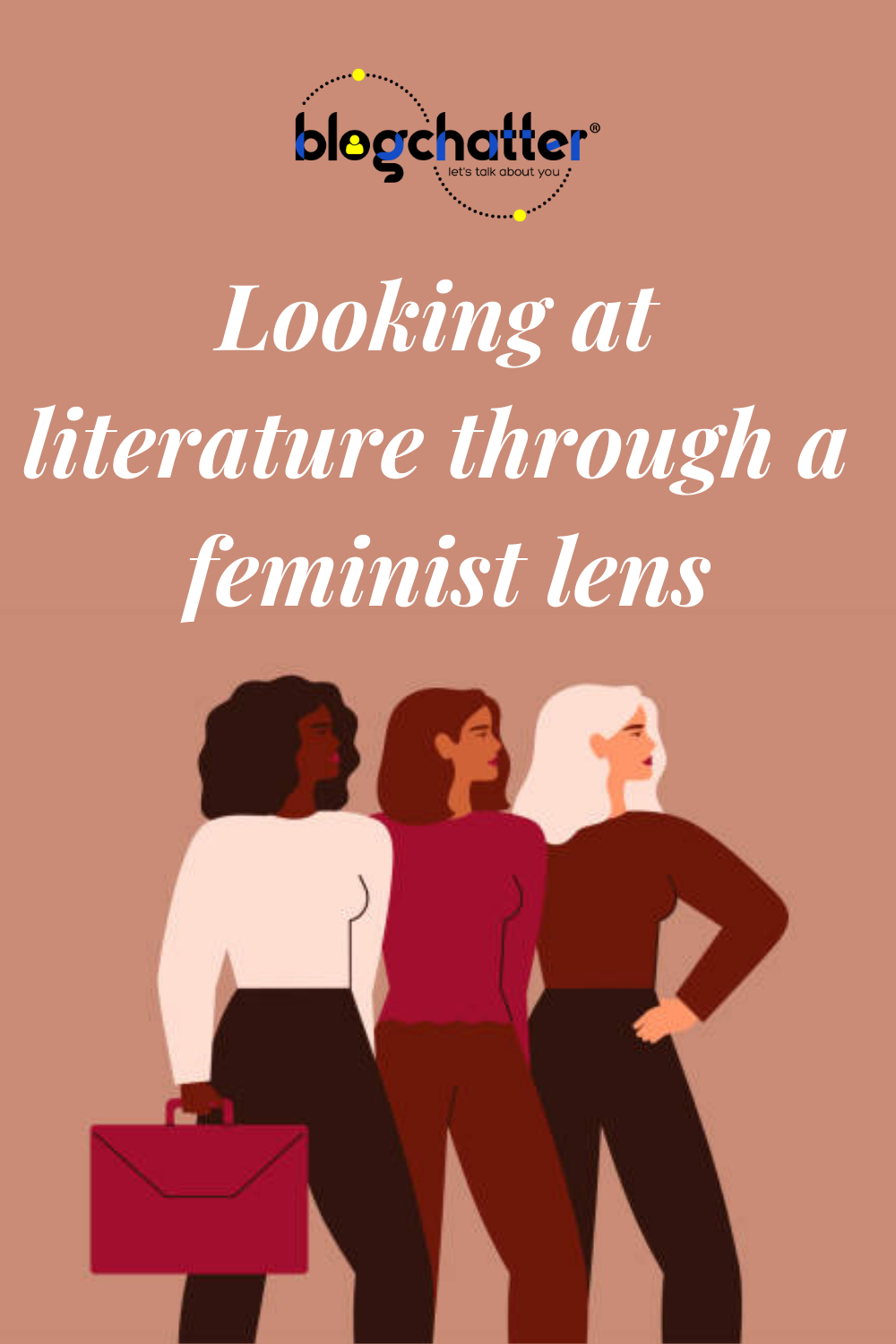
One misconception about feminist literature is that it has to be forceful and demanding. However, this is not true. Feminist literature need not be radical. A piece of literature can be general fiction and yet, have a feminist core making the reader question and think. A few books can be examples of this are Memoirs of a Geisha, The Radiance of a Thousand Suns, Forty Rules of Love, Homecoming, etc.
Certain classics too have feminist undercurrents, for instance Little Women and Pride and Prejudice. Through the sisters in Little Women, Louisa M. Alcott has shown that “being a woman” means a lot of different things. While the main protagonist, Josephine March, is frustrated by the limitations of her gender and finds it difficult to fit into the ladylike mould, Meg, her elder sister, finds acceptance in that.
Elizabeth Bennett may seem like an odd choice as a feminist icon, but she not only rejects two suitors (one of them, quite rich), she also does not hesitate in speaking her mind. Elizabeth Bennet was crafted by a Regency-era author who herself was constrained by the rules of the society. And that in my opinion makes her the perfect choice for an icon.
Stories like these where women are shown as persons first and not as the roles they play work as roadmaps for young girls to dream big and not feel like they’re undeserving of success. Feminist literature's importance lies in the fact that it makes the reader think about the inequalities and the injustices of society. Even for us women, who have lived experience, seeing another woman go through an injustice helps us understand how we can steer clear from it in our life. It gives hope and courage to the reader, motivating the reader into making the world a more just place.
If you’d like to add a book – any book, irrespective of when, where, etc. it was written – to the pantheon of feminist literature, which ones would you add?

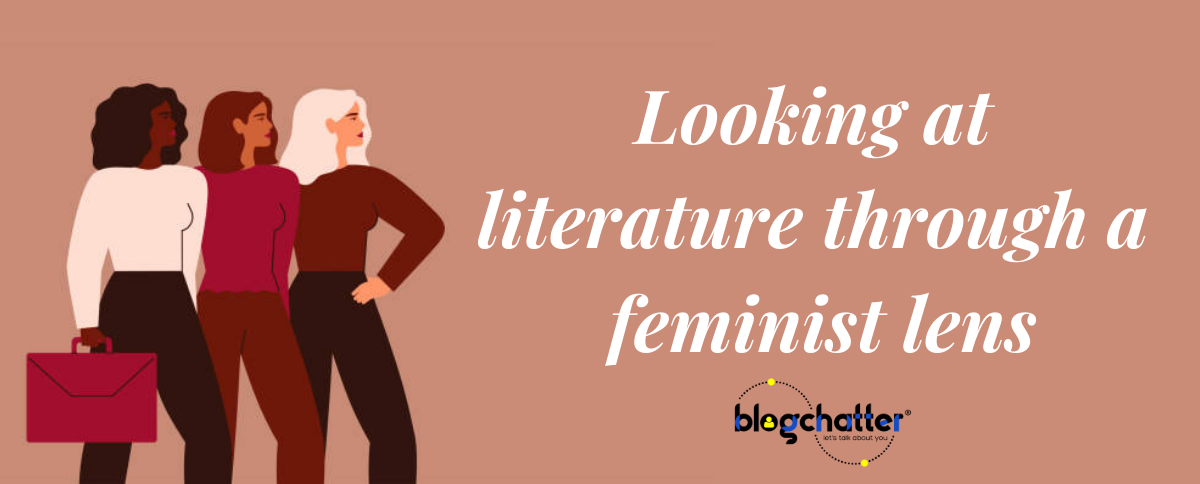
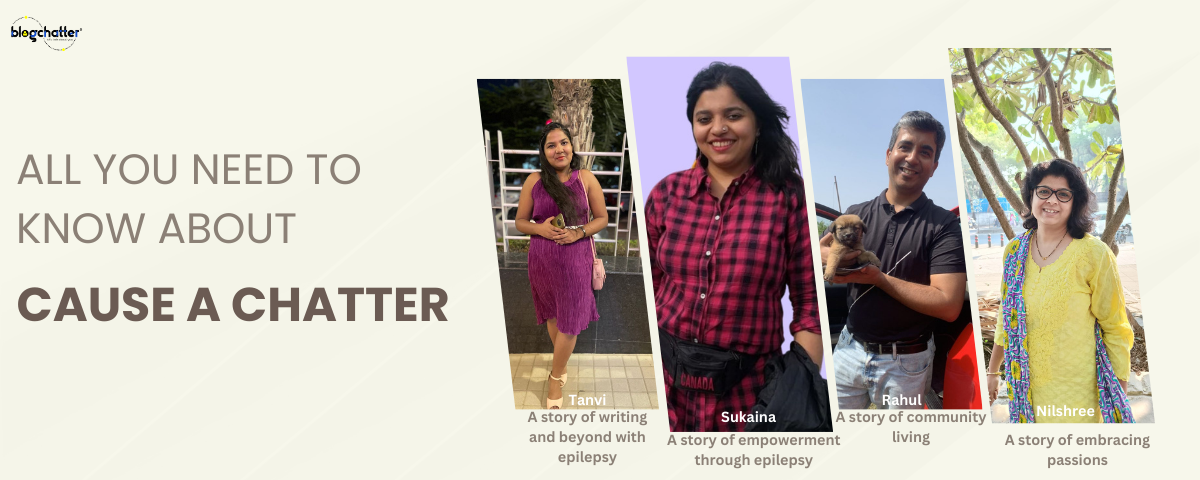

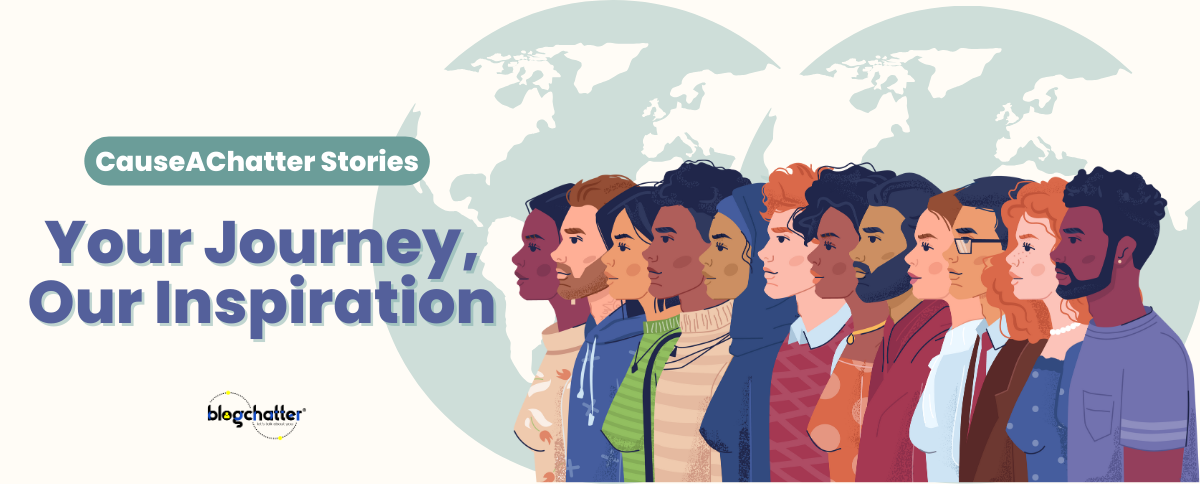
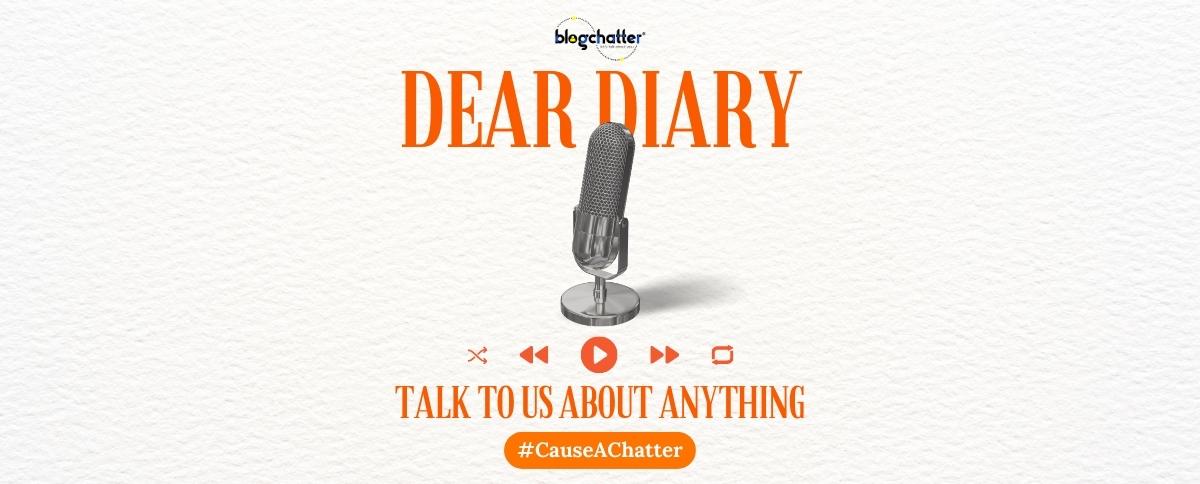

Comments
A very well written article Harshita. Rabindranath Tagore's Bimla, protagonist of 'Ghare Bhaire', is a sparkling example of a feminist. And her journey as the story progresses shows how one can break the bondages in a non-violent way.
Arti Jain Thank you, Arti. Could suggest a good translation of "Ghare Bhaire"? would like to read it
Harshita Nanda Harshita - https://aishwariyalaxmi.com/2023/11/07/not-at-home-in-the-world/
Memoirs of a Geisha was a hauntingly beautiful read. I need to really explore more on feminist literature though it was once a subject I studied when I was pursuing my Masters in English Literature. But I was more fascinated by Indian writing in English back then.
Pratibha P Thank you, Pratibha, Of late I have noticed the women authors from India are writing stirring pieces.
the gender lens is integral in literature. Radical just as Extremism can be harmful to the Movement which brings in the intersectionality. I still have to read A room of One's own.
sukaina majeed Thank you! Yes, radicalism can be harmful. Change is more welcome when it is gradual.
Feminism needn't be radical at all. It shouldn't be, in fact.
Tomichan Matheikal Thank you Sir
The Feminine Mystique by Betty Friedan
Anuradha Sowmyanarayanan Thank you for the recommendation, will definitely check it out